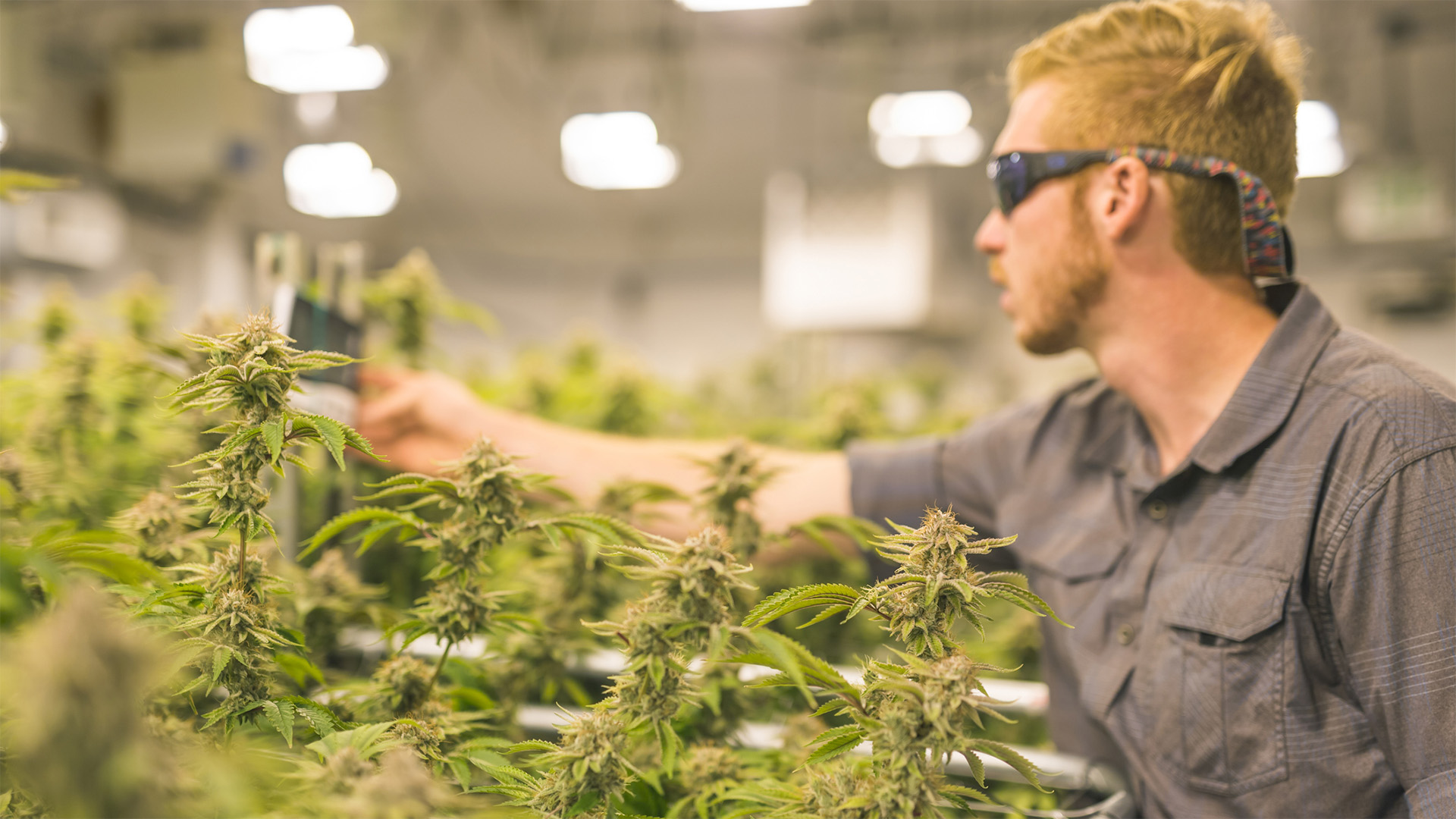
Cannabis fire safety: How to best protect your business
Several high-profile fires have raised the urgency of fire protection for cannabis facilities. So, what is the best way to optimize cannabis fire safety and prevent your business from being damaged or destroyed? If you’re looking for the answer in current marijuana regulations in California, it’s not easy to find.
When the state first legalized marijuana in 2012, no fire codes applied specifically to cannabis operations. Since then, a patchwork of regulations has emerged to cover the rapidly growing industry, but—as Industrial Fire World reports—they mostly relate to agricultural buildings rather than the unique circumstances of cannabis production, processing, and extraction.
Even though the current regulations may have gaps, you shouldn’t ignore the inherent dangers in cannabis-related facilities. The better you understand the fire hazards, the better you can take the right actions and seek the appropriate tools to protect yourself, your business, and your employees.
This post will highlight four areas to help you along the way:
- Current cannabis safety regulations
- Regulatory changes underway
- Risks to be aware of
- Tools to boost cannabis fire safety
-
Current cannabis safety regulations
If you have navigated the regulatory environment of cannabis, you know there is a myriad of hurdles to clear before your business can receive the official nod of approval to operate.
One of the most important requirements that the California Bureau of Cannabis Control (BCC) and other municipalities have established is an in-depth, certified security plan that details the facility’s logistics, operations, procedures, and physical design. A video surveillance system, access control for limited access areas, and an intrusion detection system are all must-have features of such a plan.
When it comes to fire safety, local and state fire codes will require a monitored fire alarm system, and in some cases, the monitoring of carbon dioxide levels. A licensed alarm company operator (ACO) must design, install, and monitor the system.
-
Regulatory changes to enhance cannabis fire safety
In October of last year, a fire tore through a Canoga Park marijuana grow facility in San Fernando Valley, leaving two people dead and two in intensive care. When the 150 firefighters finally got the blaze under control, a one-story commercial building was destroyed, and two neighboring structures were damaged.
The growing number of such incidents finally prompted the National Fire Protection Association (NFPA) to take action. A year ago, the NFPA approved the development of the NFPA 420, Standard on Fire Protection of Cannabis Growing and Processing Facilities.
“With the rapid legalization of medical and/or recreational use of cannabis throughout the U.S. and the exponential growth of cannabis facilities around the globe, developing provisions that minimize fire and associated risks for facility staff and first responders—as well as nearby structures and occupants—is critical to safety,” the association said in a press release.
What does the new standard mean for you and other cannabis business owners?
The short answer: it’s too early to tell. The standard has just started to be developed and will need full public review and the approval of the NFPA Standards Council before it can enter the revision phase.
But the NFPA has made clear it will build upon the NFPA 1, Fire Code, which addresses fire protection at growing and processing facilities. The new stand-alone document will expand upon those requirements and identify the fire- and related hazards of growing, processing, extracting, and testing cannabis.
So far, the Council envisions the standard will include requirements for:
- Inspections
- Systems testing
- Facility maintenance
- General skills, knowledge, and experience among facility operators and managers to ensure facilities meet expected safety levels
-
Risks to be aware of
The first step to improving cannabis fire safety is understanding the risks and how to eliminate or,—at the very least—reduce them. While cannabis facilities include certain activities that elevate the risk of fires, not all hazards are unique to the industry. Existing building and fire codes, as well as other regulations, include a range of provisions that you have to consider.
As far as growing and processing facilities, Chapter 38 of the 2018 edition of NFPA 1, Fire Code, identifies hazards to properties where cannabis is grown or processed.
Let’s take a closer look at a few issues fire inspectors have found at cannabis facilities for either growing or processing:
Common Fire Safety Issues at Cannabis Facilities
| Growing/Extraction Process Hazards | Safety Issues |
| Egress |
|
| Lights |
|
| Combustible interior finishes |
|
| High electrical loads |
|
| Fumigation/fertilization |
|
| CO2 enrichment/extraction |
|
| LP gas extraction |
|
| Extraction equipment |
|
-
Tools to boost cannabis fire safety
Get a fire alarm system and smoke detectors
Aside from eliminating fire threats, no cannabis business can do without a monitored fire alarm system and smoke detectors. Local and state fire codes, along with insurance companies, require the property owner complies with the NFPA 72 fire alarm standard.
If you do not install a NFPA 72 compliant system, you won’t be able to operate your business. The installation is far from a do-it-yourself job and requires the expertise of a reputable, professional alarm company.
Make sure you have professional alarm monitoring
Despite your best efforts to fireproof your business, a fire may still erupt. Then, early detection is essential to limiting its spread and impact. A key feature of an effective system is business alarm monitoring.
With alarm monitoring, your fire alarm and burglar alarm systems are remotely monitored. Agents at Bay Alarm’s certified alarm monitoring center, for example, have developed trusted partnerships with local law enforcement and first responders. If the alarm at your facility goes off, the agents instantly verify and notify the local fire department, supplying all the information needed for a decisive emergency response to secure your business.
Do you have questions about securing your cannabis business?
It often takes years to become fully versed in the California Department of Cannabis Control standards and policies. With countless competing considerations, you’ll want to join forces with a partner who has successfully helped customers in the cannabis industry meet the strict requirements for fire safety and cannabis security.
If you have questions about the best way to secure your cannabis business, please don’t hesitate to reach out.

